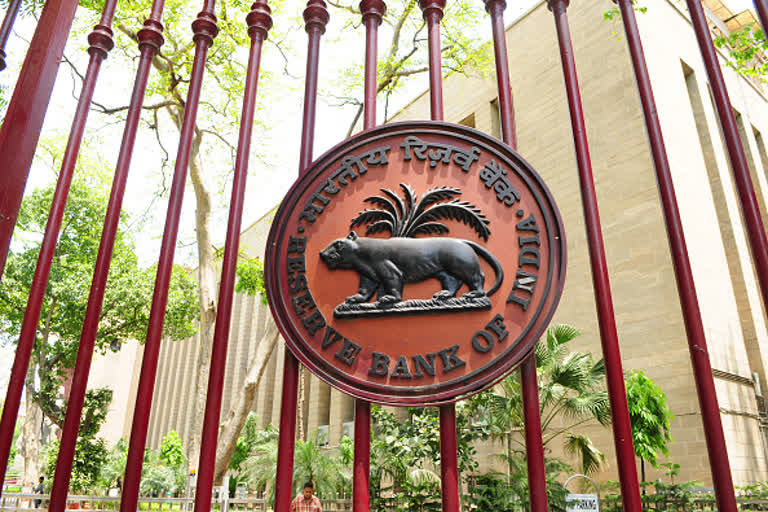Mumbai:New guidelines on liquidity risk management (LCR) announced by the Reserve Bank of India (RBI) for non-banking finance companies (NBFCs) including core investment companies (CICs) will increase discipline in liquidity maintenance and improve transparency through better reporting standards, according to India Ratings and Research (Ind-Ra).
It could also strengthen the liquidity position of NBFCs as it disincentives short-tenor borrowings.
The circular enhances disclosure requirements for NBFCs pertaining to the concentration of sources of funding which will result in the better dissemination of information and increase transparency enabling more informed decisions by stakeholders.
Ind-Ra said the well spread across implementation periods will enable NBFCs to gradually shore up their liquidity and give them time to reconfigure their balance sheet to ensure minimal impact on profitability during the transition period.
It had highlighted the shift of focus for NBFCs towards tangible liquid buffers when RBI had released its proposed draft guidelines.
In the liquidity risk management framework, the RBI has introduced the LCR framework for NBFCs (except CICs, Type 1 NBFC-NDs, non-operating financial holding companies and standalone primary dealers) where non-deposit taking NBFCs with asset size of Rs 10,000 crore and above and all deposit-taking NBFCs irrespective of their asset size will be subject to LCR requirement of minimum 50 per cent by December 1 next year, progressively reaching up to 100 per cent levels by December 1, 2024.
